Imagine Spain without the potato. Imagine India without the chili pepper. Imagine Italy without the tomato. Imagine Hawai’i without the pineapple. Imagine Switzerland without the cacao bean. Imagine Nigeria without the cassava. Imagine a world without corn! Movie theaters would smell so different. The impact of North and South American Indigenous foodstuffs on the entire world’s cuisine is so profoundly deep that it’s history-altering.
The “Columbian Exchange” saw Portuguese, Dutch, British, French, and most notably Spanish colonizers spread the wealth and abundance of North and South American foods to the world between 1500 and the present day to the point that everywhere food from the Americas landed, it changed the way local people ate forever. That collision of colonization and Indigenous foodways is still present in our everyday lives to this day, especially in products and dishes from what are now often called “Hispanic” cultures from both North and South American countries.
Let’s dig in and see how and why Indigenous food collided with Spanish colonialism to help create so many Hispanic foods we love today.
Part I — A Little Background
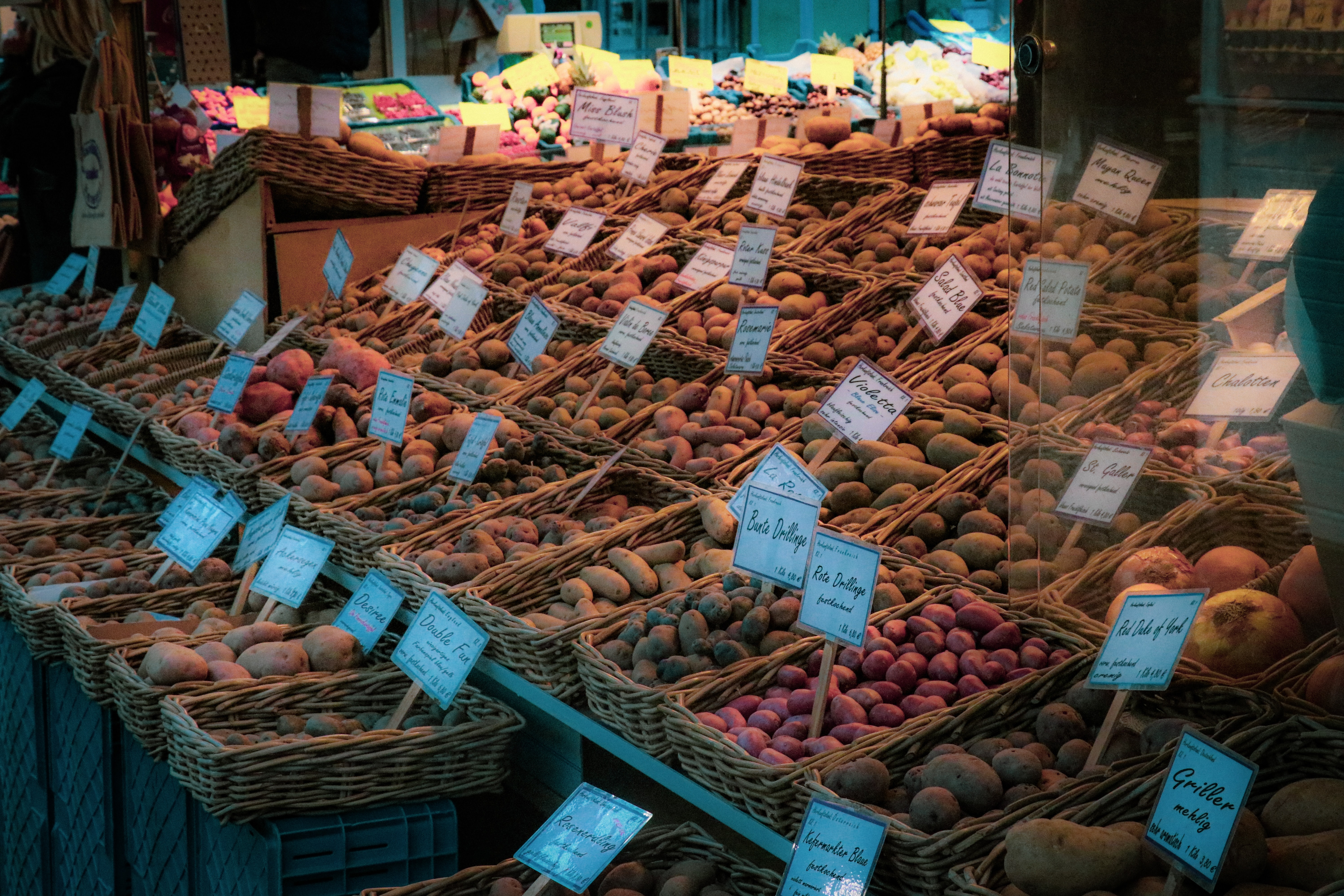
Before we get into the ways Indigenous food is still alive via modern Hispanic culture in the U.S., let’s try and get a handle on the word “Hispanic” for this article, National Hispanic Heritage Month, and our own modern understanding. Initially, “Hispanic” referred to anyone descended from a Spanish-speaking culture no matter where they were in the world (the Caribbean, North, South, and Central America, Philippines, West Sahara, Iberian Peninsula, etc.). As nations broke away from the Spanish Empire, “Hispanic” still referred to white European Spanish colonists and their descendants in the Americas, Asia, and Africa and their adherence to Spanish cultural ways. This is still the prominent definition in places like Argentina, Uruguay, Venezuela, Cuba, Chile, Colombia, and so on which had/have majority white populations alongside minority contingents of Mestizo (mixed European, Arab, and Indigenous folks), Asian, Black, and Indigenous populations who were/are not part of the “Hispanic” scene per se but still engage with Spanish culture as the dominant culture around them.
If you asked a Quechua cook in Lima if they’re “Hispanic,” they’d say no. But if you asked an American food writer about the Quechua cook, they might get it wrong.
In the United States, the federal government has slowly changed the definition of “Hispanic” to mean any person of any race from a Spanish-speaking culture in the Americas, which is a form of bureaucratic erasure. In the eyes of the U.S. federal government, any person from Spanish-speaking countries or a Spanish-speaking diaspora in the Americas is “Hispanic” regardless of whether they’re actually Spanish/descended from Spanish colonizers or Black or Indigenous or Mestizo, and so on. Which muddles what we’re talking about from the jump as the average person living in the U.S. without a background in any of this probably uses the same blanket definition for Hispanic folks regardless of the actual cultural background of the person they’re referring to.
So, for our purposes, we’re looking at pan-Hispanic cultures and their foods because the impact of Indigenous foodways from the Three Sisters agriculture of the North American nations to the cultivation of the avocado in central Mexico to potatoes in the Andes is all important and spans far beyond the descendants of just Spanish colonizers.
Part II — Digging In
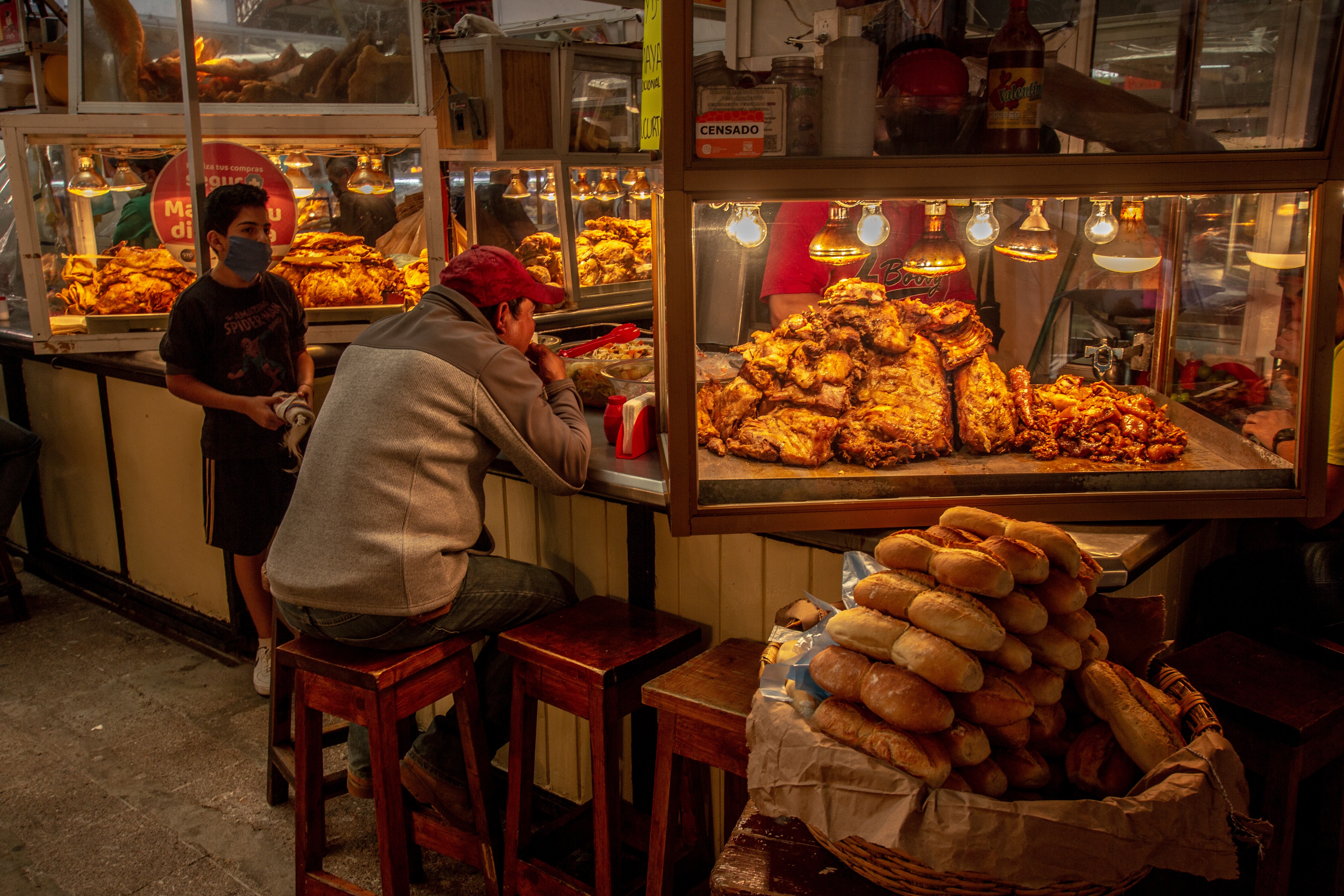
When looking at food in the Americas via a Hispanic lens, it’s important to remember that Spanish and Indigenous peoples were cooking together long before the United States existed and even before Africans were sent to these shores as slaves (by a whole century). We’re talking about foodways that collided in the 1490s and over the course of the last 500+ years have become so intertwined that most Hispanic foods that we eat today are a complete mix of both European and Indigenous ingredients and foodways.
Consider the taco. Indigenous people across what is now Mexico, the United States, and deep into Central America have been eating a version of the taco for millennia. Indigenous versions of tacos were tlaxcalli made of corn “tortillas” (“tortilla” is a Spanish word) often served with fish, venison, turkey, avocado, cactus, or just beans (amongst other things). After the Spanish showed up, tacos started getting filled with beef or pork cooked using Indigenous spices and methods. For instance, “barbecue” comes from the Spanish “barbacoa” which comes from the Arawak “barabicu,” which was a common Indigenous cooking method everywhere throughout both North and South America as well as the Caribbean.
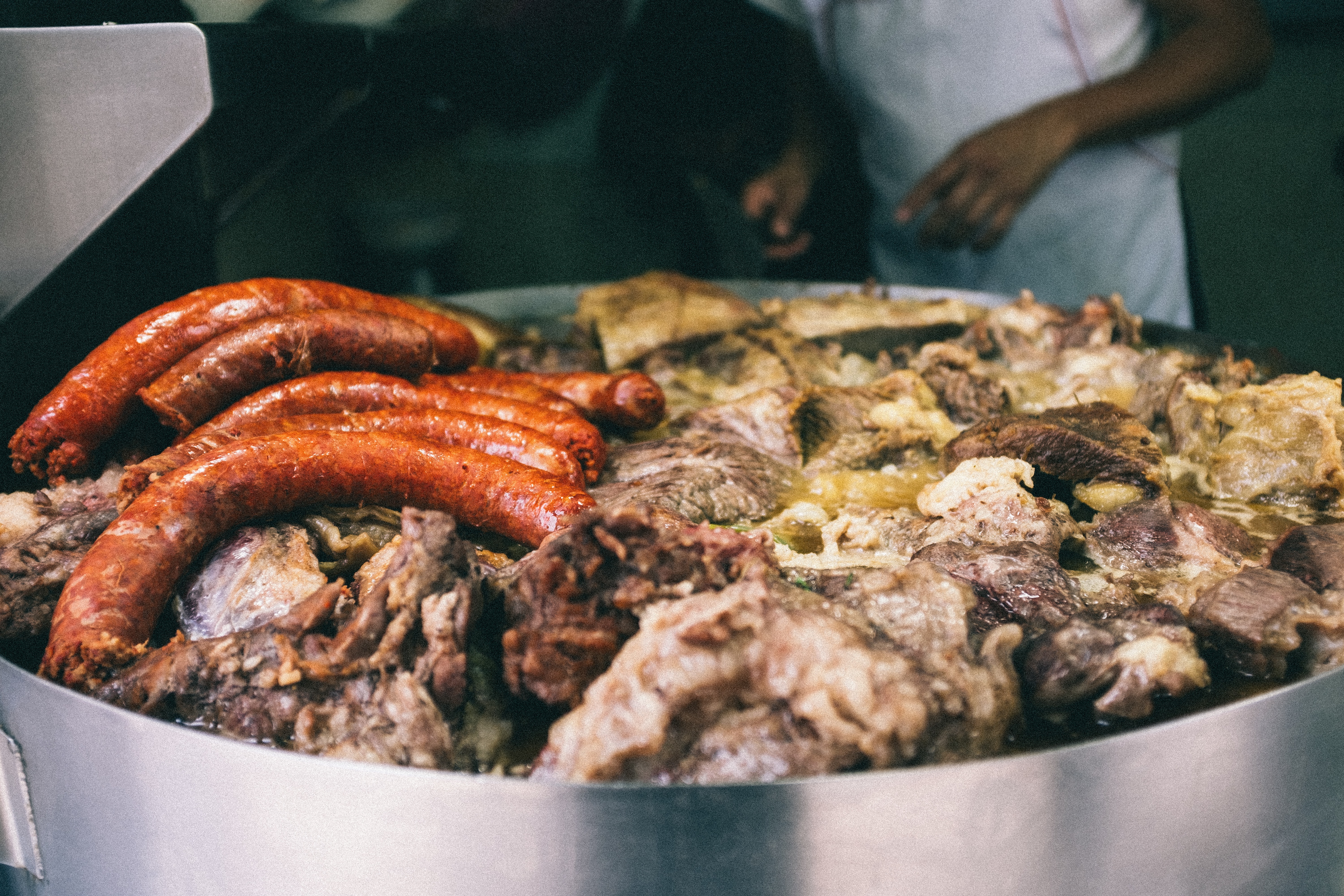
Sticking with pan-Mexican Indigenous foodstuffs, those peoples are also responsible for giving the world corn, beans, squash, amaranth, avocados, tomatoes, cacao, vanilla, turkey, spirulina, cactus, and chili peppers. Take one moment and consider a world without any one of those ingredients, much less all of them. And that’s just Indigenous pan-Mexican agriculture. Head to Andean cultures and you get the cassava, sweet potato, all potatoes, peanuts, pineapple, plus more versions of corn, tomatoes, chilies, and squash/cucumbers. This takes us back to the opening sentences of this article — just try to imagine your favorite global cuisines without those foods.
Still, our modern idea of Hispanic foods goes beyond those base Indigenous ingredients. The Spanish (and French, Portuguese, Germans, British, and Dutch) also brought food to the table. White rice, wheat, dairy, beef, pork, chicken, and citrus from all over the world changed the way people ate the Indigenous foods of the Americas forever. Guacamole was a spiced avocado mash before colonization. These days, it’s hard to get without lime and cilantro (both ingredients brought to the Americas by the Spanish and Portuguese).
Then, there are heavy grey areas in what might actually qualify as “Hispanic” or stemming from Spanish culture. Germans brought Vienna Lager to the Americas, does that mean Modelo is not a “Hispanic product” but German-Mexican? What about most of the baked goods throughout Mexico and Central America? Churros are Spanish but pan dulce is very French (i.e. not Spanish).
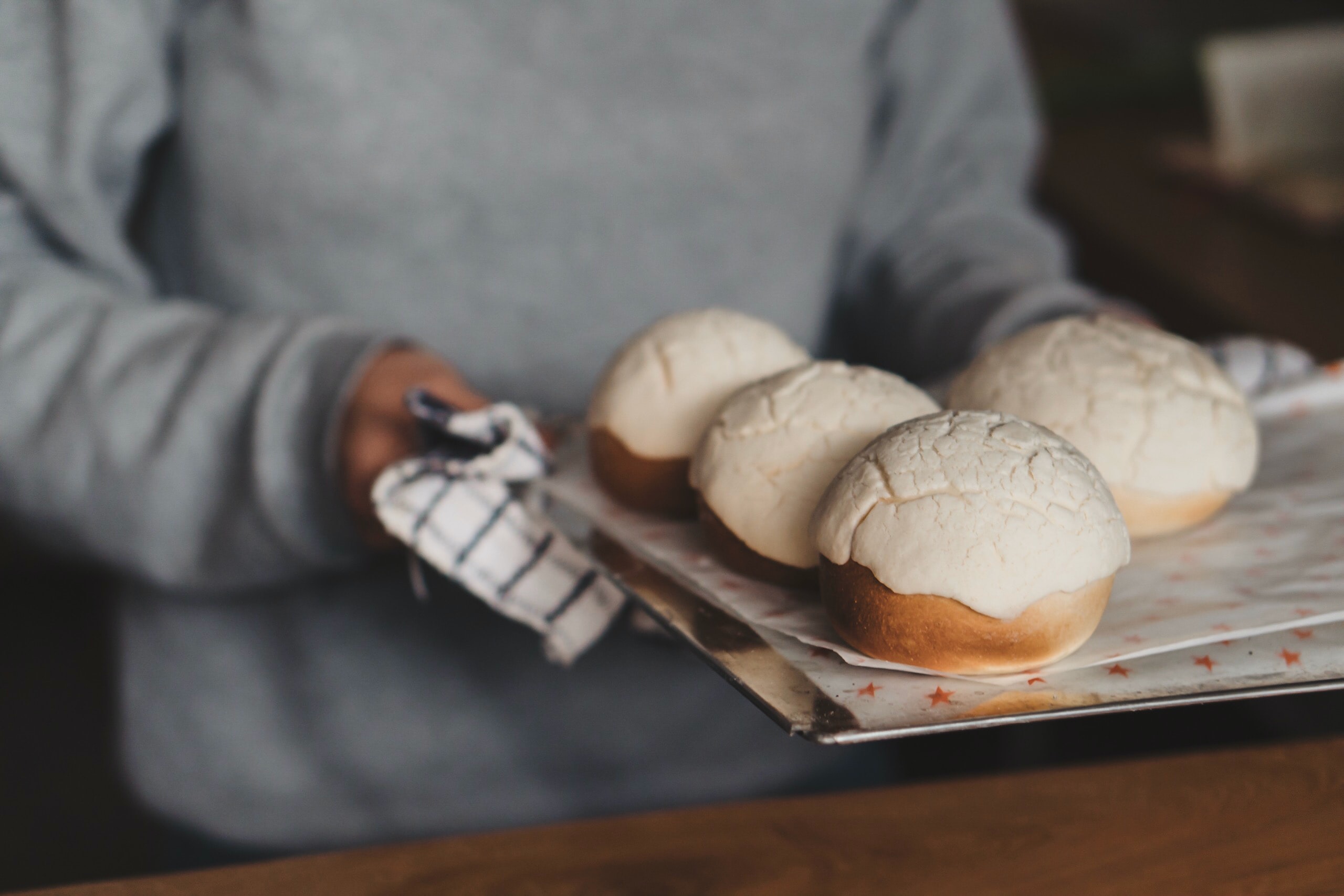
Looking beyond all of that, you also have the “Hispanic” foods made in the U.S. (remember Spanish and Indigenous people were living in places like Texas, Florida, and California for a longer stretch of time than the United States has existed as a nation). Modern versions of the burrito rely on wheat tortillas and white rice and are very much Californian and deeply Hispanic in origin.
Hell, the quesadilla is now mostly made with a wheat tortilla with cheese, both of which are 100 percent Hispanic/European ingredients. Nachos are about as Texas-Mexican as you can get. Tex-Mex is very traditional in a modern sense and the perfect example of a mish-mash of European and Indigenous ingredients through a 19th and 20th-century lens.
What can we make of all this? Well, perhaps nothing more than — food globally is a tapestry, are you sure you want to try to unfurl it all just to be able to say which pieces belong to which cultures? Doesn’t seem like a wise use of time.
Part 3 — The Rub (And Not A Spicy One)
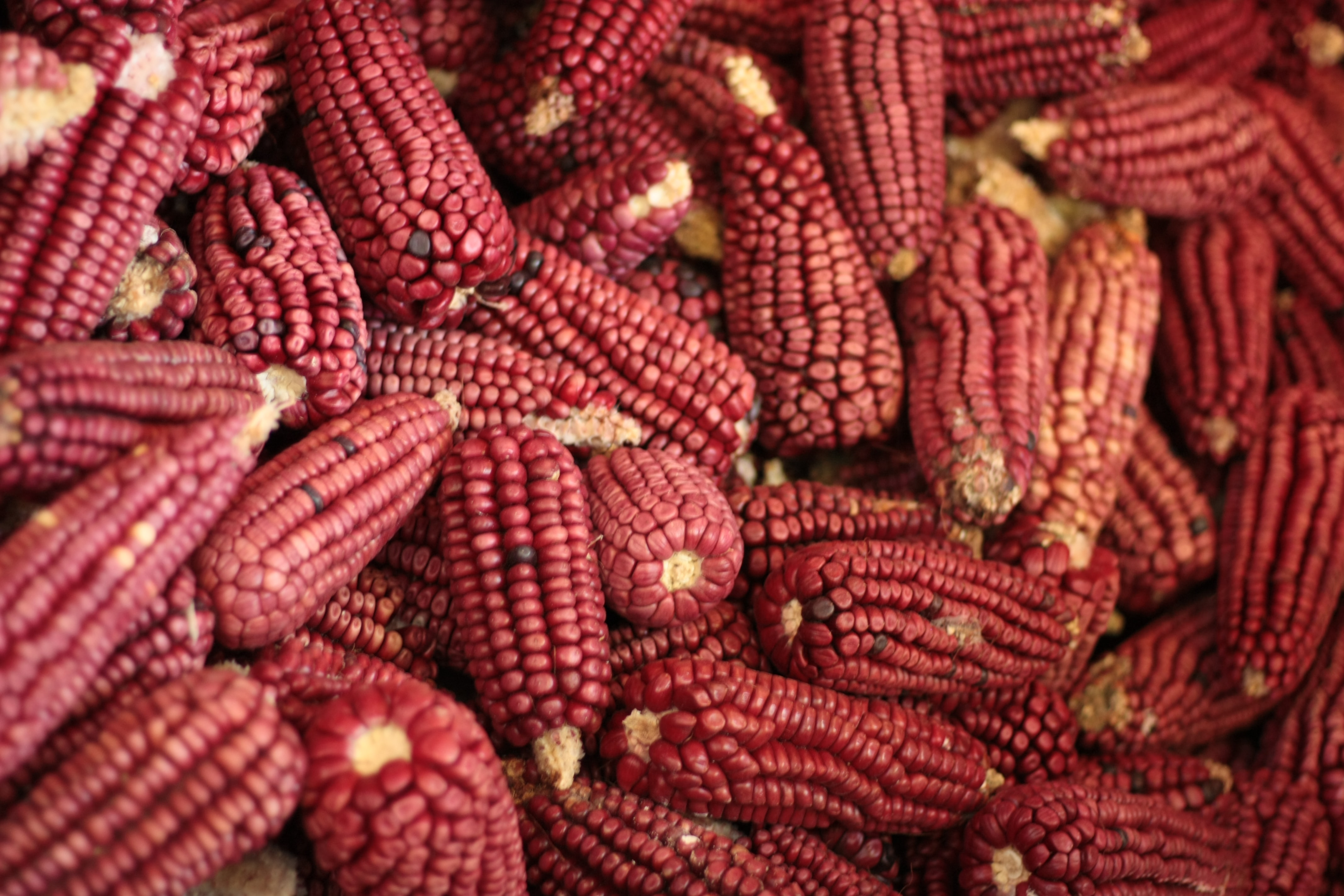
It’d be nice to say that all of these Hispanic/Indigenous traditions formed organically through a shared space and heritage over the last 500 years. But that’s just not the case when it comes to Spanish colonization (or American, French, British, Portuguese, or Dutch, colonization of the Americas for that matter).
Spanish colonizers brutalized Indigenous populations across the Caribbean, North, South, and Central America to the point of full-on genocide, and part of that was making their food illegal. Amaranth consumption was banned in what’s now Mexico. Land was seized so Indigenous populations could no longer grow their own corn, avocadoes, tomatoes, cacao, or potatoes (depending on where they were) — instead, they were forced to grow white rice, wheat, and sugar cane for export. Hunting and fishing rights were rescinded, forcing European cattle/dairy on local populations.
So while it’d be nice to look back on the collision of Spanish/European/Hispanic foodways with Indigenous foodways as a Norman Rockwell version of Thanksgiving with Indigenous and European folks gathered around a table and sharing their customs and foods, it was far more about extracting (stealing) wealth through local resources, Indigenous slavery (who do you think were cooking in the kitchens of those colonizers, mining all that gold, and sowing those fields back in the 1500s?), and straight up genocide from day one back in 1492. And just to be clear, this is ongoing. Indigenous land activists are still being murdered from Mexico to Chile to the Caribbean to all over the Hispanic-American world really.
Do you need to think about all of that the next time you’re eating an al pastor taco (pork from Spain) or chicken quesadilla (wheat, chicken, and cheese from Spain) or drinking some horchata (also from Spain)? No, not necessarily. Though… maybe the world would be a tiny bit better place for Indigenous folks if you did.
The point is, we live in a world where Indigenous and Hispanic food have been forever tied together. No one is telling you not to eat a torta sandwich with fried pork on it and all the mayonnaise because Spanish colonization was a nightmare. That ship has sailed. Enjoy it for what it is. All we’re saying is know that many of the Hispanic foods you love were born out of centuries of turmoil, colonization, and cross-cultural mixing (often forced at the end of a sword or gun). And that long and dark history gives us foods today that we truly adore from the taco trucks in every major city from Barcelona to Oaxaca to yerba mate tea at Starbucks to that burrito bowl you order at Chipotle to the cheese-filled arepas at your favorite corner pop up.
Yes, even the orange queso all over a plate of nachos at your favorite Tex-Mex place has a history and influences and fits into broader foodways (cheese from Europe, chilis from the Americas, etc.). That’s the way it is and while being cognizant of where your food comes from is worthwhile, it shouldn’t stop you from enjoying dishes for what they are — as traditional and authentic as anything else in our crazy old world.







